This car is a special, a one-off, but it is a special which has received the accolade of major features in leading magazines in Britain (Classic Cars, September 2001) and Italy (Routeclassiche, March 2001). It also has an entry in the book, 'Porsche Specials' (Das Grosse Buch der Porsche-Sondertypen und Konstruktionen) written by Lothar Boschen and Jürgen Barth with the cooperation of the Porsche factory. There are two very good reasons for this international acclaim: its creator, Otto Mathé, was an unusually interesting man and the car itself was, for seven years, among the quickest in Europe in Mathé's favourite disciplines which were racing on sand and racing on ice. There was not a single road circuit in Austria in the 1950s, so enthusiasts raced on sand in the summer and ice in the winter. Top flight drivers in Britain took part in sand racing in the 1930s as an alternative to Brooklands. Ice racing is still a major draw in Scandinavia. Like Ferry Porsche, Otto Mathé was Austrian. He was a private man, but he raced bicycles, motorcycles and speedboats and also an inventor. As a young man he was riding a bicycle on a loose surface up the side of a mountain when he came off and damaged his right arm so badly that it was useless. He enjoyed skiing but was hampered by his right arm so he invented a clip-on ski binding to solve the problem of putting the skis on in the first place. Thousands of people have since had reason to thank him. He devised his own special tyres to race on sand and ice and also created oil and fuel additives using a secret formula which he took with him to the grave. Mathé's admirers have compared him to Colin Chapman, but he was 20 years older, circumstances were unusually difficult in Austria in the late 1940s and he anyway believed that his destiny lay with his oil additives and not in motor racing. He owned two early (Grümd) Porsches and, despite having only one good arm, he helped to establish the marque in competition in Austria. Mathé built this centre-seat car as an ultra-lightweight machine based on Volkswagen and Porsche components, but it bristled with innovations such as adjustable ride height and the gearbox being a stressed member of the chassis. It was very light, and also had near perfect weight distribution. It began life, as did the Porsche 356, with a modified VW Beetle engine but, by 1955 had a Porsche 'quad cam' unit. In road trim, the Mathé-Porsche weighed a mere 450 Kg, but much of the bodywork could be easily removed. Then it weighed just 395 Kg and, in race trim, had 130 bhp on tap. In 1955 it was a candidate for being the fastest 1500cc car in Europe. Otto Mathé last raced it, on ice, in 1959 at Zell am See in Austria, and won beating a works Porsche Sypder. Ice racing was so important that Porsche entered a works car. Classic Cars said that while it is a cliché to compare a car to a kart, the Mathé-Porsche really deserved the comparison, it was that responsive and that quick, though the report also commented favourably on the suppleness of its ride. Mathé died in 1995, aged 88, and the unique Mathé-Porsche was bought by the vendor who was at pains to restore it so that it did not look as though it had undergone restoration. This car is an important piece in the jig-saw which is 1950s motor racing. Despite having the use of only one arm, which restricted his career, Otto Mathé was, according to contemporary accounts, a blindingly quick driver in anything. When he turned up in this machine he was virtually unbeatable. Classic Cars called the Mathé-Porsche 'the most remarkable car you've never heard of.' The secret is now out. Viele Fachzeitschriften haben diesem 1952 vom Österreicher Otto Mathé gebauten Einzelstück Artikel gewidmet, und es findet auch im 'Grossen Buch der Porsche-Sondertypen und Konstruktionen' von Lothar Boschen und Jürgen Barth gebührend Erwähnung. Otto Mathé war in den ersten Nachkriegsjahren trotz einer körperlichen Behinderung einer der besten Rennfahrer Ös
This car is a special, a one-off, but it is a special which has received the accolade of major features in leading magazines in Britain (Classic Cars, September 2001) and Italy (Routeclassiche, March 2001). It also has an entry in the book, 'Porsche Specials' (Das Grosse Buch der Porsche-Sondertypen und Konstruktionen) written by Lothar Boschen and Jürgen Barth with the cooperation of the Porsche factory. There are two very good reasons for this international acclaim: its creator, Otto Mathé, was an unusually interesting man and the car itself was, for seven years, among the quickest in Europe in Mathé's favourite disciplines which were racing on sand and racing on ice. There was not a single road circuit in Austria in the 1950s, so enthusiasts raced on sand in the summer and ice in the winter. Top flight drivers in Britain took part in sand racing in the 1930s as an alternative to Brooklands. Ice racing is still a major draw in Scandinavia. Like Ferry Porsche, Otto Mathé was Austrian. He was a private man, but he raced bicycles, motorcycles and speedboats and also an inventor. As a young man he was riding a bicycle on a loose surface up the side of a mountain when he came off and damaged his right arm so badly that it was useless. He enjoyed skiing but was hampered by his right arm so he invented a clip-on ski binding to solve the problem of putting the skis on in the first place. Thousands of people have since had reason to thank him. He devised his own special tyres to race on sand and ice and also created oil and fuel additives using a secret formula which he took with him to the grave. Mathé's admirers have compared him to Colin Chapman, but he was 20 years older, circumstances were unusually difficult in Austria in the late 1940s and he anyway believed that his destiny lay with his oil additives and not in motor racing. He owned two early (Grümd) Porsches and, despite having only one good arm, he helped to establish the marque in competition in Austria. Mathé built this centre-seat car as an ultra-lightweight machine based on Volkswagen and Porsche components, but it bristled with innovations such as adjustable ride height and the gearbox being a stressed member of the chassis. It was very light, and also had near perfect weight distribution. It began life, as did the Porsche 356, with a modified VW Beetle engine but, by 1955 had a Porsche 'quad cam' unit. In road trim, the Mathé-Porsche weighed a mere 450 Kg, but much of the bodywork could be easily removed. Then it weighed just 395 Kg and, in race trim, had 130 bhp on tap. In 1955 it was a candidate for being the fastest 1500cc car in Europe. Otto Mathé last raced it, on ice, in 1959 at Zell am See in Austria, and won beating a works Porsche Sypder. Ice racing was so important that Porsche entered a works car. Classic Cars said that while it is a cliché to compare a car to a kart, the Mathé-Porsche really deserved the comparison, it was that responsive and that quick, though the report also commented favourably on the suppleness of its ride. Mathé died in 1995, aged 88, and the unique Mathé-Porsche was bought by the vendor who was at pains to restore it so that it did not look as though it had undergone restoration. This car is an important piece in the jig-saw which is 1950s motor racing. Despite having the use of only one arm, which restricted his career, Otto Mathé was, according to contemporary accounts, a blindingly quick driver in anything. When he turned up in this machine he was virtually unbeatable. Classic Cars called the Mathé-Porsche 'the most remarkable car you've never heard of.' The secret is now out. Viele Fachzeitschriften haben diesem 1952 vom Österreicher Otto Mathé gebauten Einzelstück Artikel gewidmet, und es findet auch im 'Grossen Buch der Porsche-Sondertypen und Konstruktionen' von Lothar Boschen und Jürgen Barth gebührend Erwähnung. Otto Mathé war in den ersten Nachkriegsjahren trotz einer körperlichen Behinderung einer der besten Rennfahrer Ös
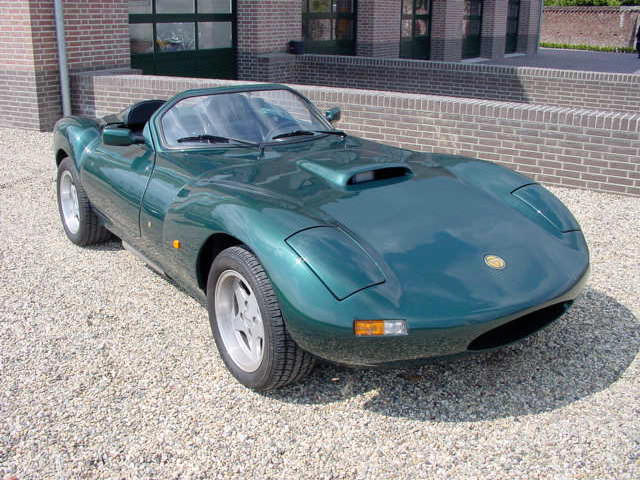
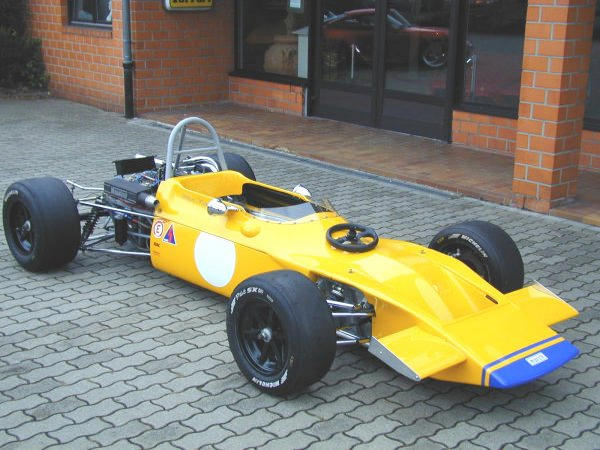
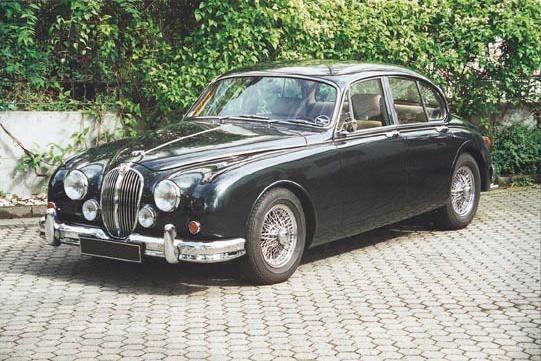
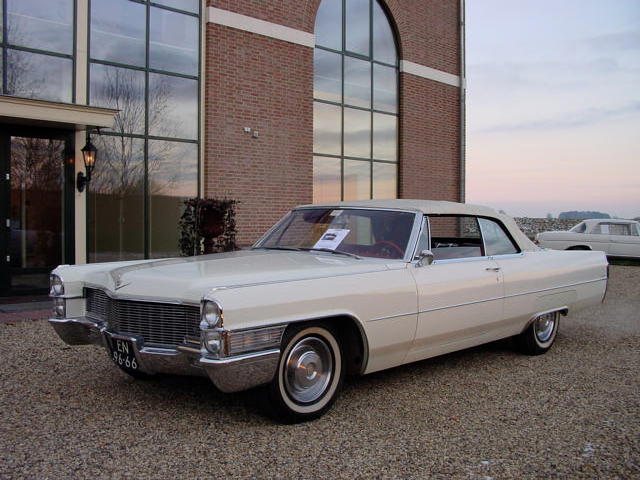
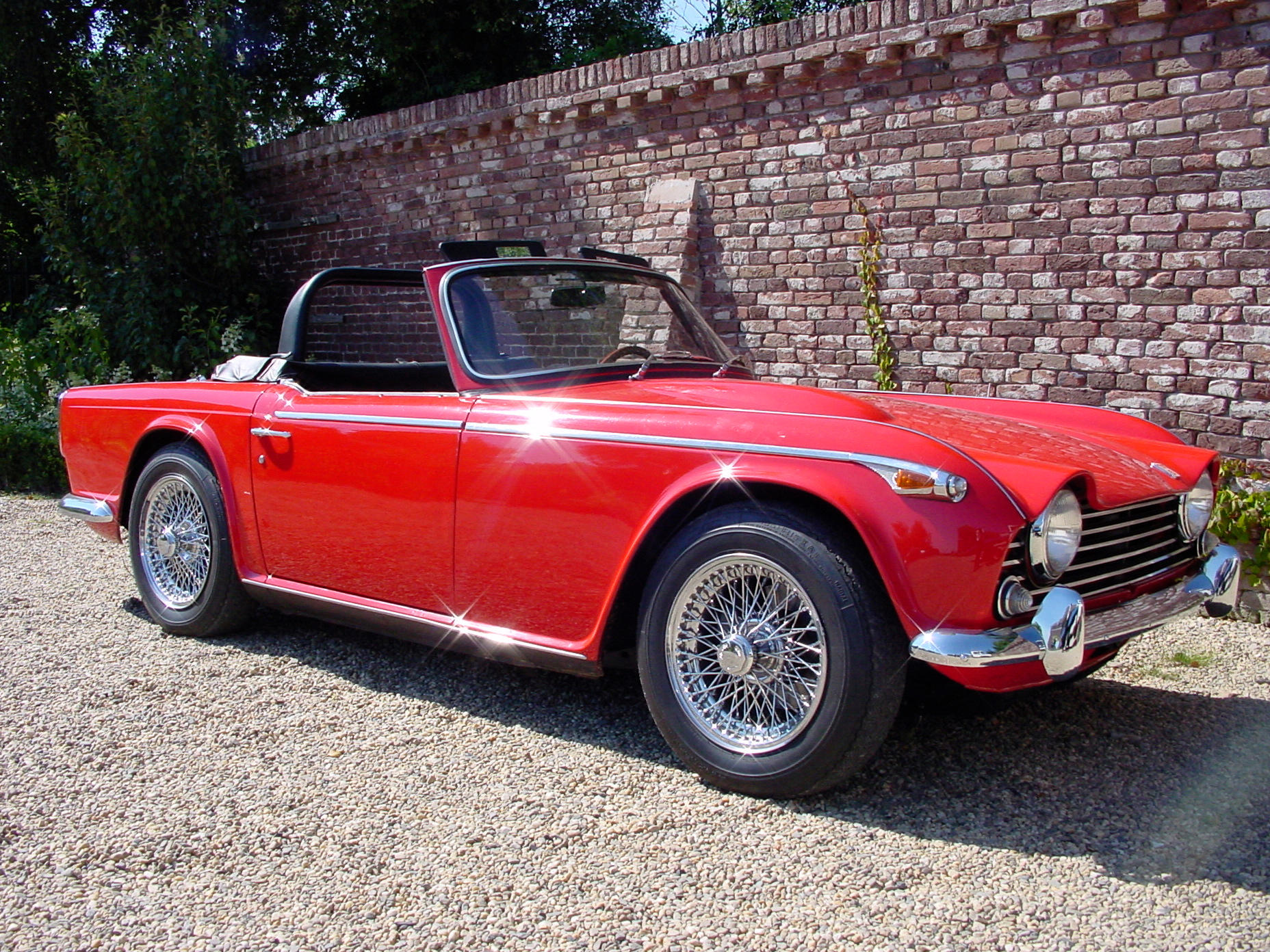
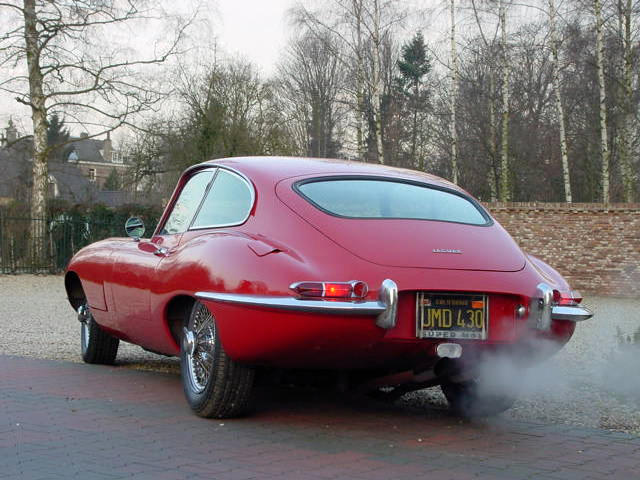

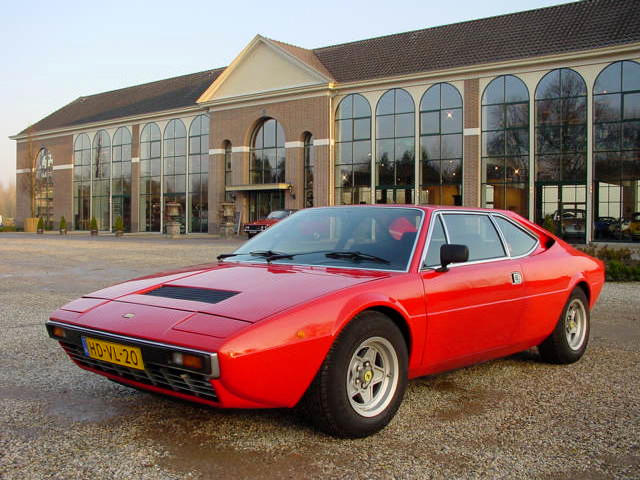
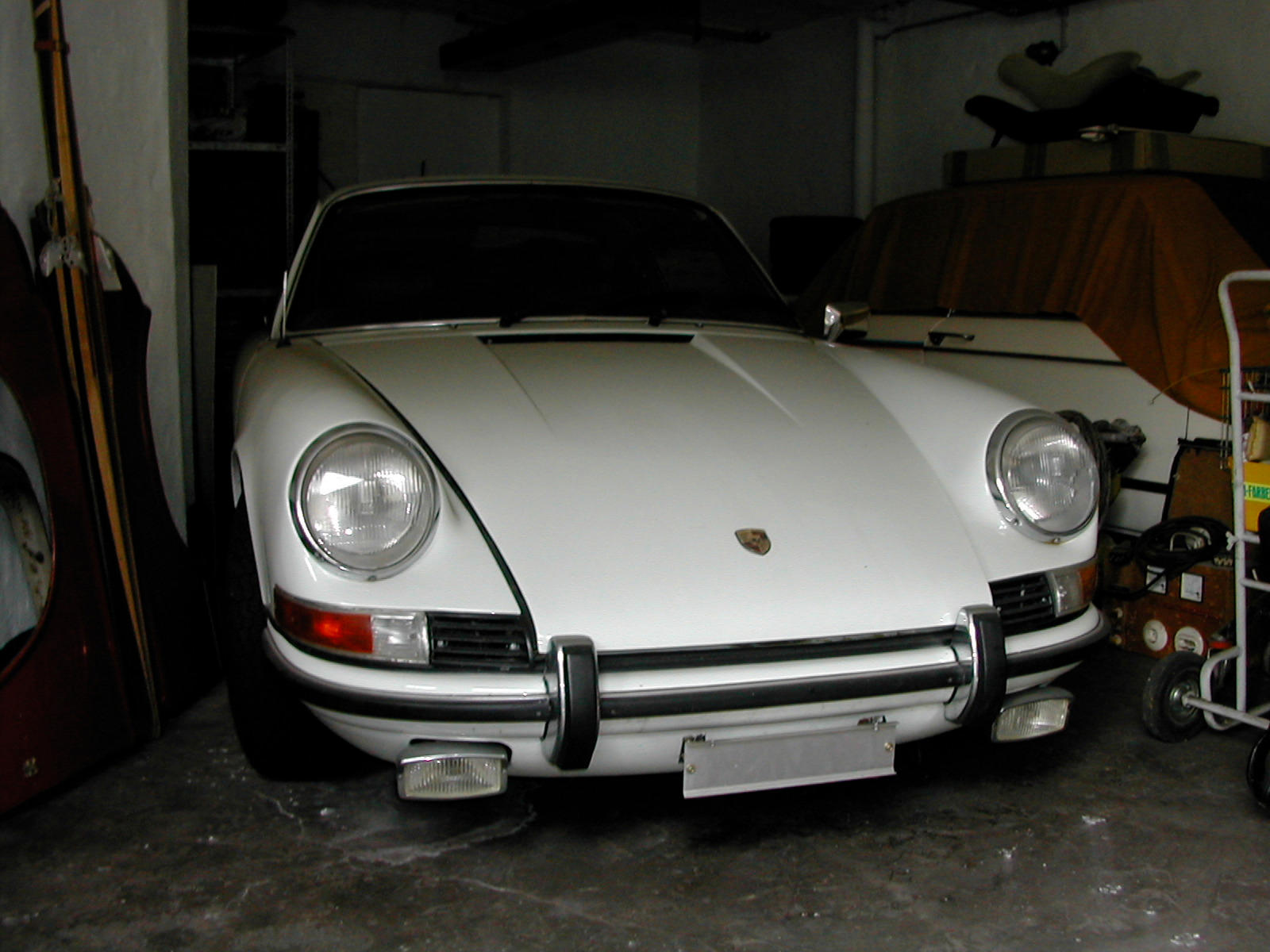


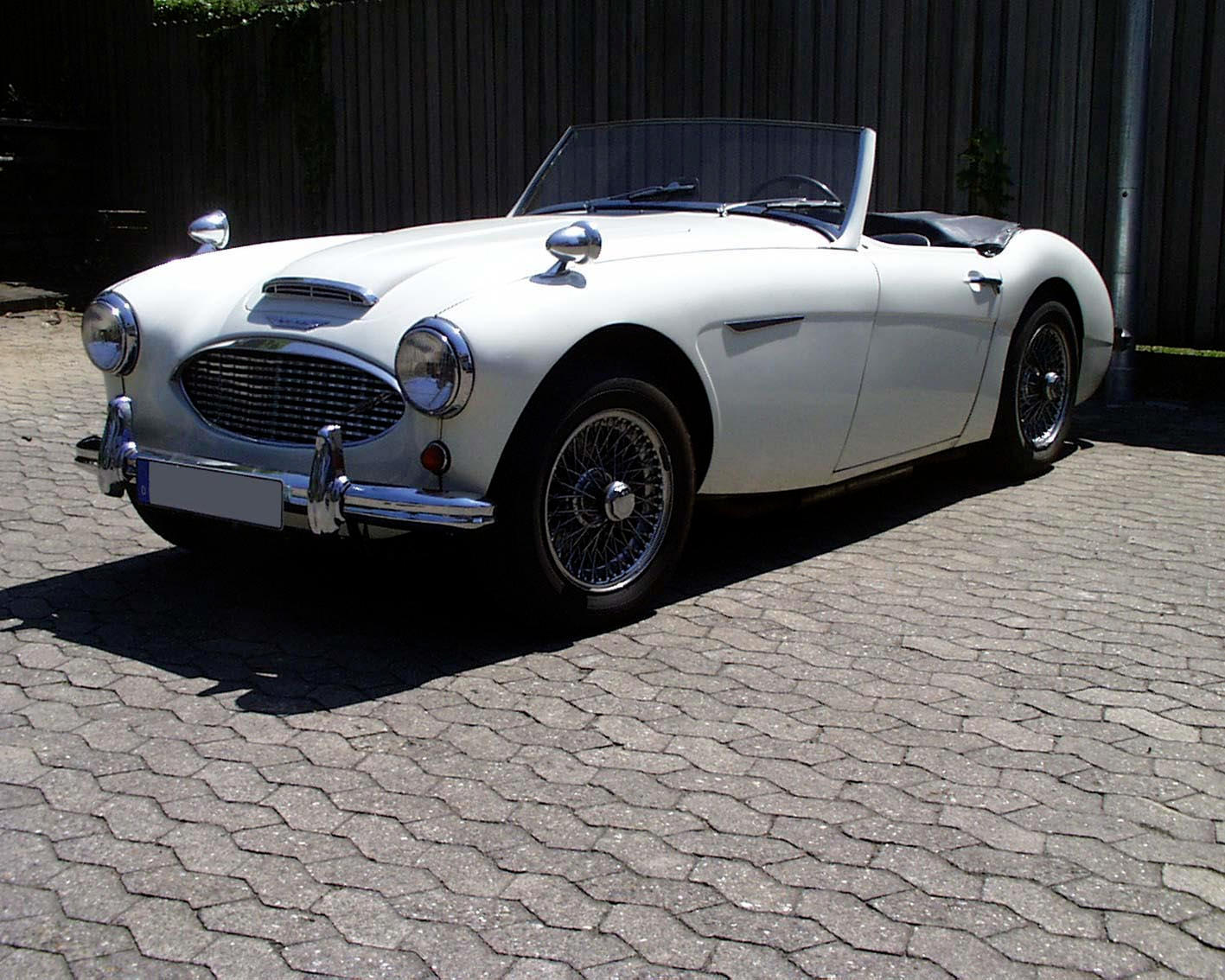
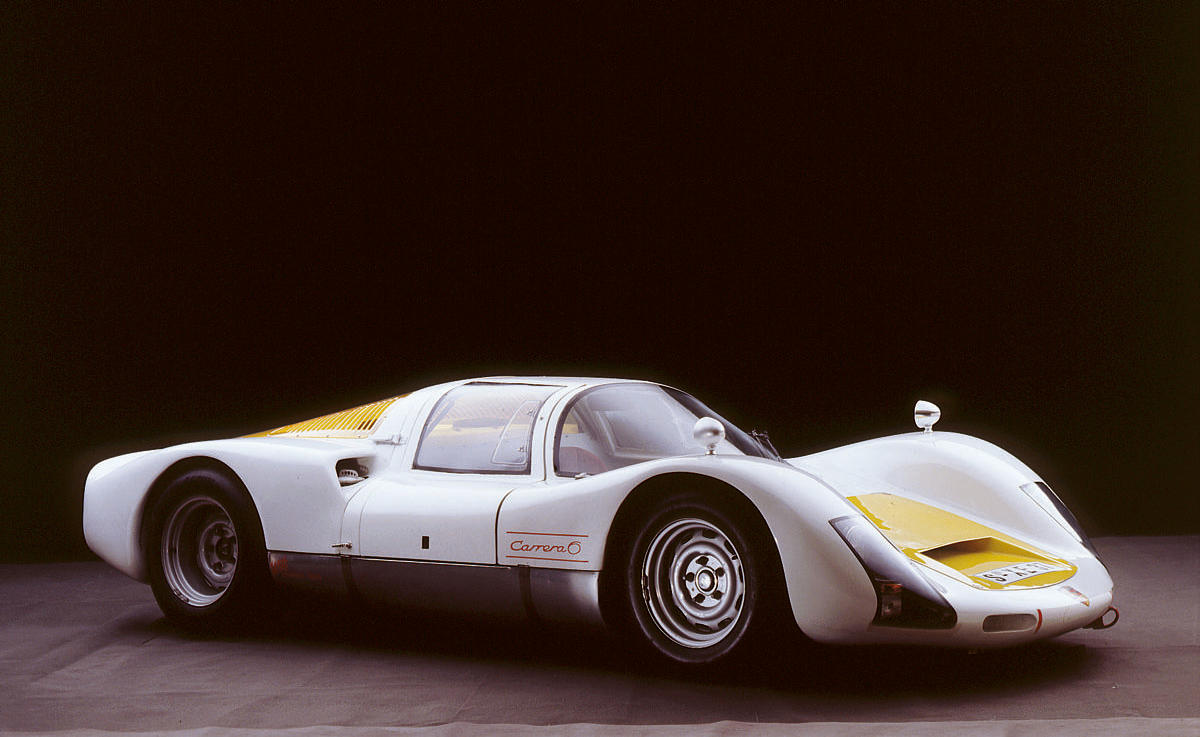

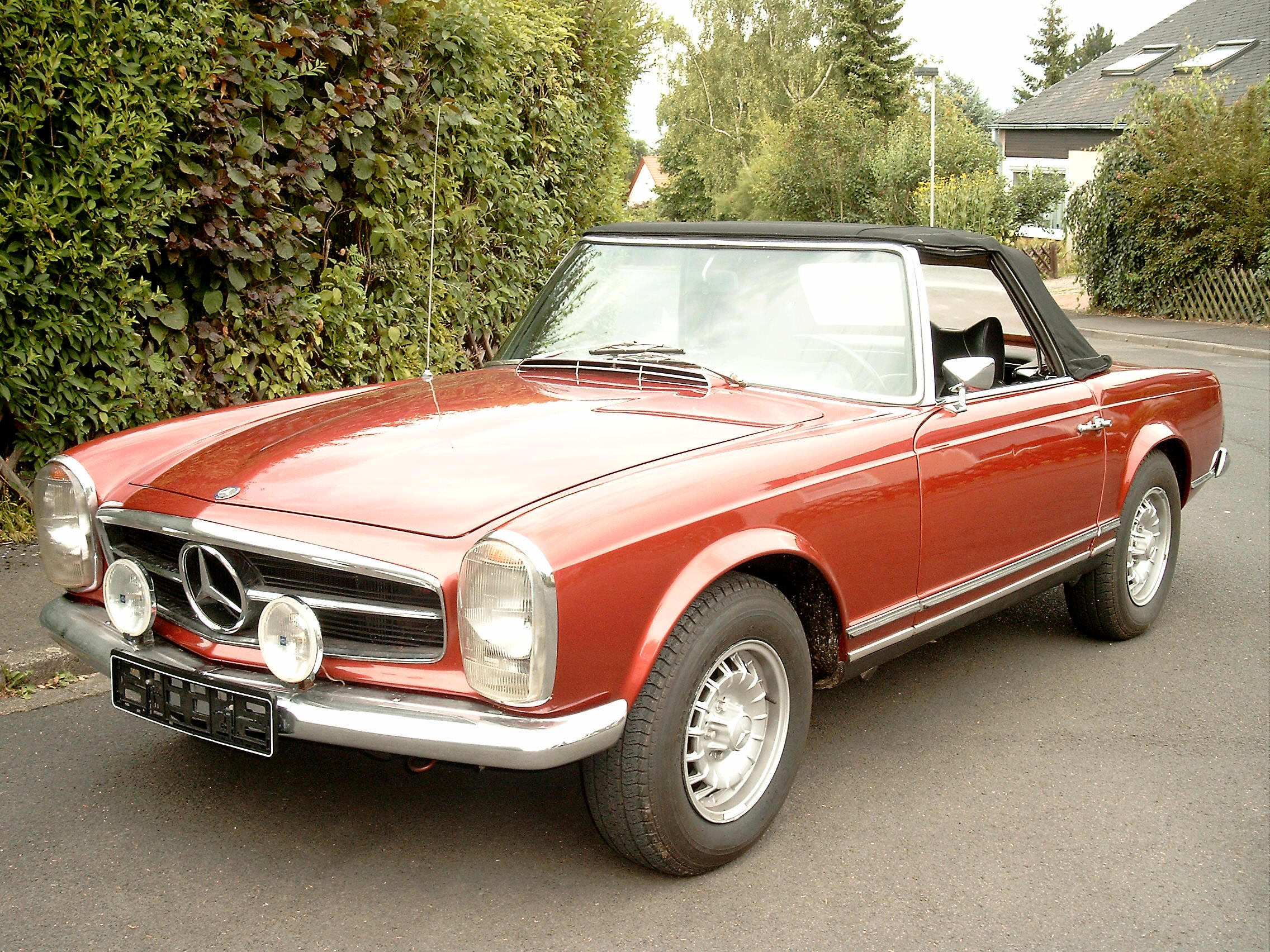
Testen Sie LotSearch und seine Premium-Features 7 Tage - ohne Kosten!
Lassen Sie sich automatisch über neue Objekte in kommenden Auktionen benachrichtigen.
Suchauftrag anlegen